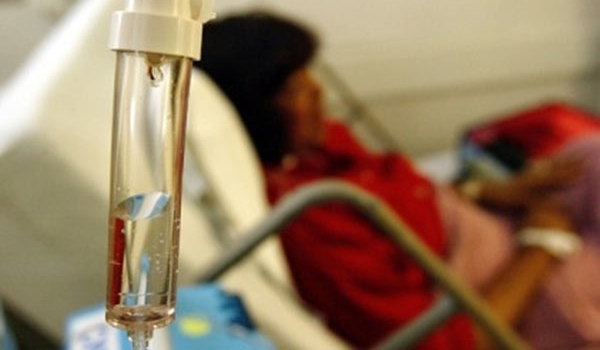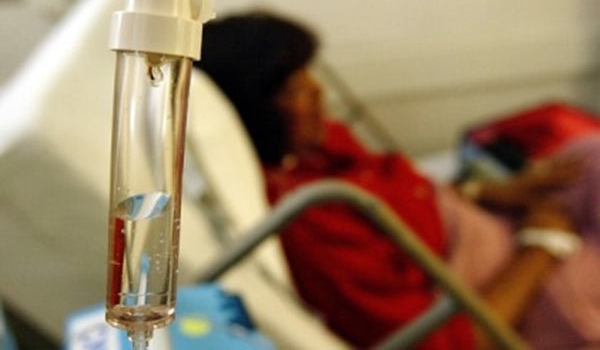 TEHRAN (FNA)- Iranian researchers from North Khorassan University of Medical Sciences in association with their colleagues from Nevada Cancer Center, the United States, succeeded in increasing the sorption dose of tumor degrading rays in cancerous tissues by using nanoparticles.
TEHRAN (FNA)- Iranian researchers from North Khorassan University of Medical Sciences in association with their colleagues from Nevada Cancer Center, the United States, succeeded in increasing the sorption dose of tumor degrading rays in cancerous tissues by using nanoparticles.The increase in the dose can shorten the time of treatment, and as a result, reduce damages to healthy tissues.
Brachytherapy is a method in cancer treatment in which a kind of energy source is used for the elimination or reducing the size of cancer cells. Unfortunately, the healthy tissues may be damaged by the source as long as it exists inside the patient�s body.
Mehdi Bakhshabadi, one of the Iranian researchers, explained about the procedure of this study, and said, "In order to study the effect of the presence of nanoparticles on dose enhancement, we firstly designed brachytherapy source in MCNPX code in Monte Carlo method. Then, we placed 48 sources with specific arrangement that is used in treatment centers all over the world for the treatment of prostate cancer in the phantom soft tissue of prostate. In order to prove the increase in dose enhancement caused by nanoparticles, we calculated the factor for all six types of gold, gadolinium, iron oxide, silver, and platinum nanoparticles.�
According to computational results obtained in this research, the injection of gold nanoparticles into the cancerous tissue increases sorption dose of photons up to an average of 79.1 times.
Commenting on the results, Bakhshabadi said, �In prostate cancer tissue, tumor sorption dose increases and tumor degradation becomes faster when photons created by brachytherapy sources colloid with nanoparticles inside the tumor. In addition, the dose sorption by healthy tissues decreases at the same time. Obviously, when the dose of prostate cancer tissue increases, less time is required for receiving the necessary dose for cancer treatment, and in other words, sources with less activity can be used for the same treatment in constant period of time.�
Results of the research have been published in Australasian Physical & Engineering Sciences in Medicine, vol. 36, issue 4, December 2013, pp. 431-440.
By Fars News Agency
The Iran Project is not responsible for the content of quoted articles.











